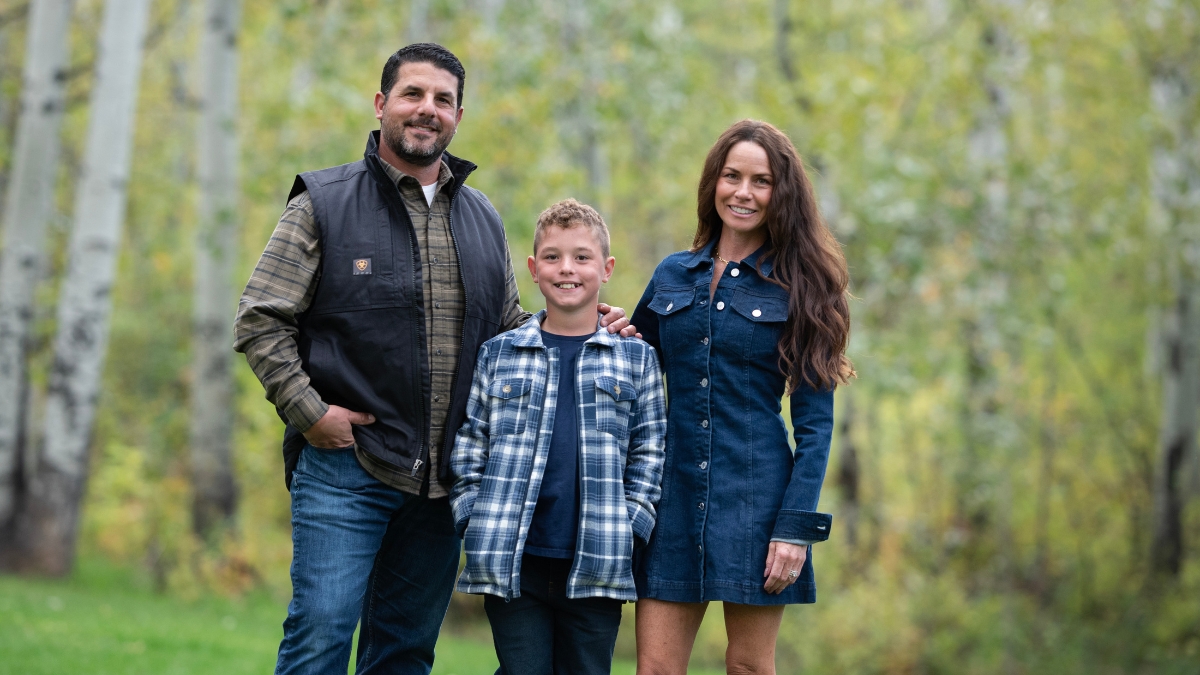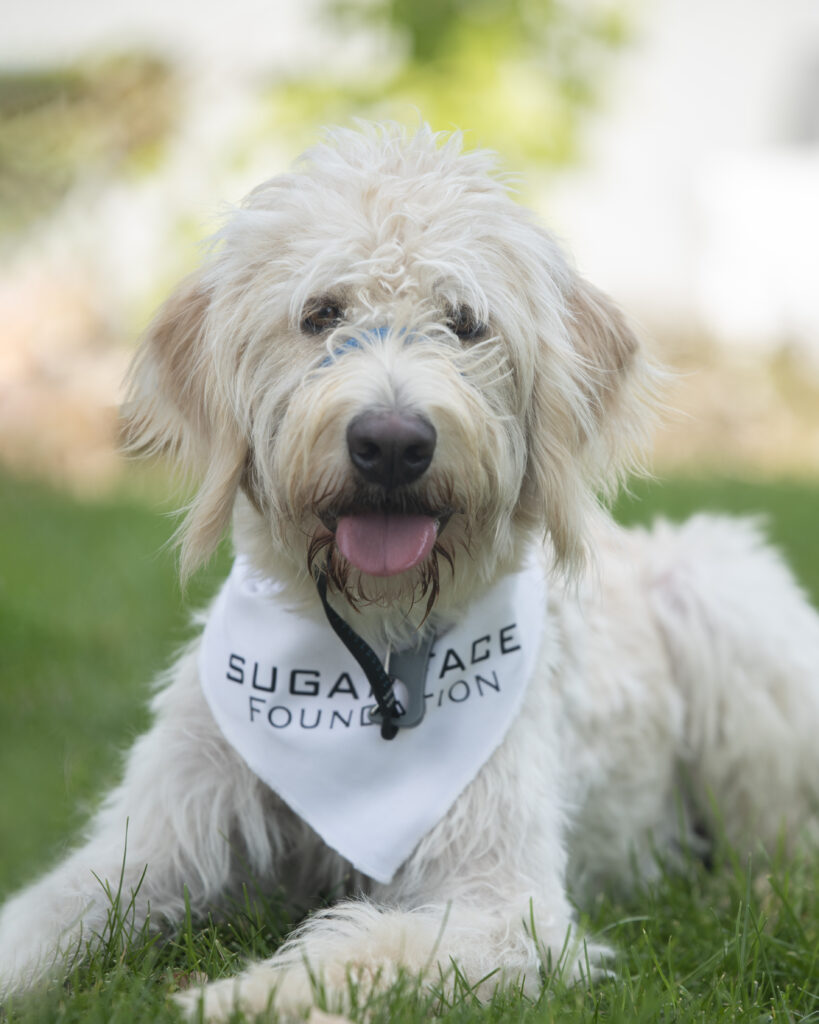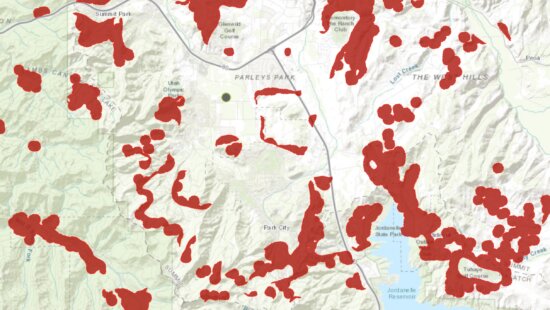Neighbors Magazines
Park City rescue gives Utah’s at-risk dogs second chance

Laura Francese and family. Photo: Lexie Lason
Through a network of veterinarians, trainers and volunteers, Park City's Laura Francese turns shelter dogs' final chances into fresh starts, rescuing about 150 high-risk animals through her Sugar Face Foundation
PARK CITY, Utah — When Laura Francese, founder of Sugar Face Foundation in Park City, sees animals in a shelter, she leans on intuition to know which ones are in serious trouble — needlessly endangered due to forces they could not control. Pets that once filled a home with energy that only a wily pup or an affectionate cat could bring may have run out of chances. Those who have animals in their lives know they’re emotive, empathetic and intelligent. They need a chance. They need love.
They also need a voice. With so many dogs kenneled in shelters for one reason or another, Francese knows she has her work cut out for her.
According to Best Friends, a Kanab-based rescue with multistate sanctuaries, tens of thousands of dogs are brought to shelters in Utah each year, and only about 87% of them are adopted. While many counties are designated as “no-kill,” there are still several that euthanize abandoned or struggling pets.
To Save Lives
Wanting to make a difference, Francese launched her 501(c)(3) nonprofit foundation by adopting Weimaraners. “They make adorable puppies. As they grow, owners don’t know how to train them, or they can’t afford or don’t have time for appropriate training. So, they end up getting dumped or taken to shelters.”

By “dumped,” Francese explains, there are cases where disoriented dogs (of all breeds) are found wandering nearby mountains or forests and random neighborhoods, literally left behind to fend for themselves. In Utah, abandoning an animal in this way ranges from a Class A to a Class C misdemeanor, depending on the situation, and can land the offender in jail for up to 364 days. But it can be difficult or impossible to enforce, meaning that owner accountability is limited even when the owner can be found.
Some of the dogs being dumped deal with hunger and injuries, even psychological trauma. The combination of neglect and abandonment exacts a heavy toll on these dogs for the rest of their lives, which for some will be in a shelter.
Dogs abandoned in the wilderness face a stark transition from domestic care to survival conditions. Shelters provide temporary housing while seeking permanent homes or foster families for these animals. Francese laments, “It’s the unfortunate truth that people don’t want to hear.”
Adoption and Abandonment
“During COVID-19, a lot of shelters were emptied (as adoption rates jumped),” she says, “but people started going back to work and took animals back to shelters.” The spike in adoptions was temporary, with many pets returning to shelters as owners resumed work outside their homes.
Francese began advocating for shelter adoptions early in her career, noting that such adoptions could help reduce the population of homeless pets in shelters nationwide.
Powered by local donations and her own efforts making a difference for each high-risk dog, she fills corners of her home with canine cancer patients, injured rescues and others needing behavioral rehabilitation. Sometimes it is not enough.
Hope
Francese says losing animals despite providing extensive care initially made her question continuing the work. She persisted despite the losses.
Simply because a dog has a tough case doesn’t mean it needs to be left behind or put down. She takes them on because, often, the effort outweighs what others can or will lift. Whether they need to be spayed or neutered, put in hospice care, or rescued from the euthanasia queue, Francese intervenes. “We’ve been able to help roughly 150 dogs,” she says.
Francese built a network of veterinarians, trainers and rescue organizations to support the foundation’s work. In one case, the foundation rescued a dog scheduled for euthanasia due to behavioral issues and, through professional training, the animal now serves on a search-and-rescue unit. Francese says they need “time to decompress, their basics met, then they can really thrive.”
“I can’t grow the foundation, because I don’t have enough volunteers. There’s also the balancing time for ensuring quality animal care,” Francese says. She balances the foundation’s work with family responsibilities.
What Can I Do?
Pet ownership represents a long-term commitment, often spanning 15 to 20 years, Francese says. While breeders continue to produce new litters, some pets end up returning to shelters when owners can’t maintain that commitment.
“There are so many wonderful dogs in shelters. If you can’t adopt, fostering saves lives. There are purebreds at the shelters too!” Francese says. She is grateful for where the Sugar Face Foundation is today but calls on others to help make a difference. “If there’s a way for people to open their minds, hearts, and homes to dogs that aren’t straight from a breeder, they’ll find out that they’re just as wonderful as one that they’ll pay a premium for!”




















